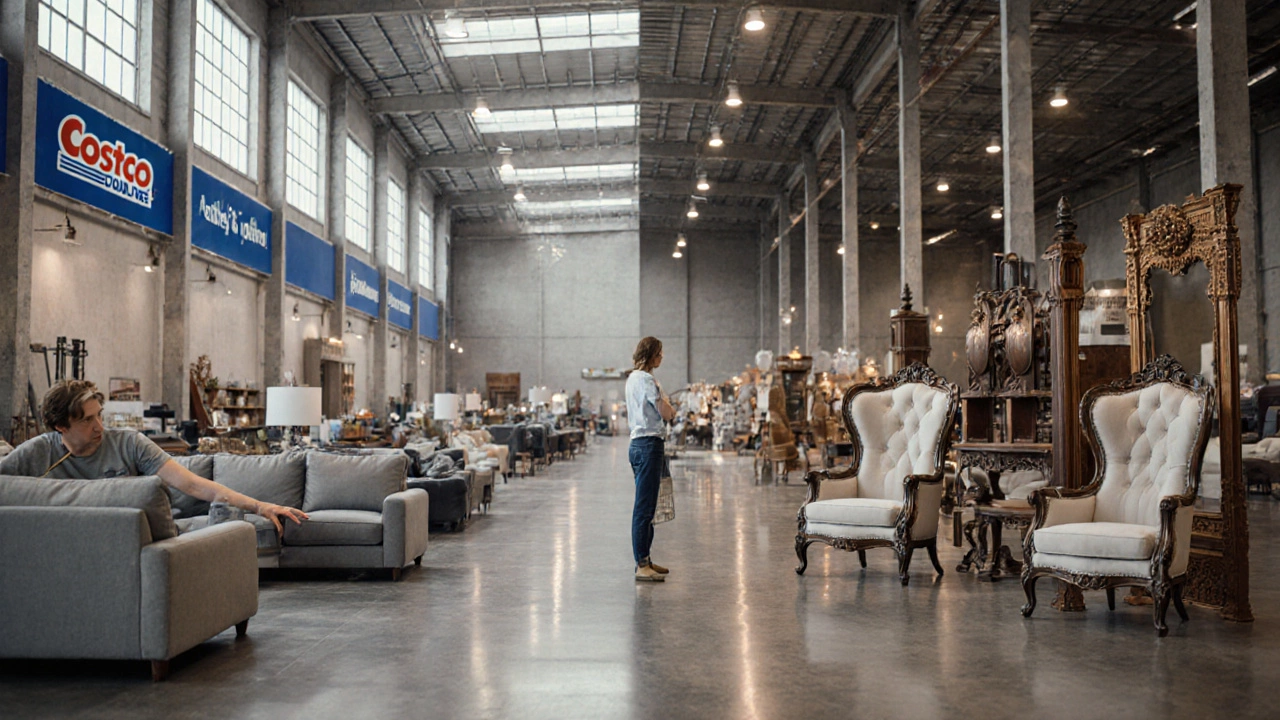Furniture Quality: How to Spot Durable, Eco‑Friendly Pieces
Ever bought a sofa that looked great but fell apart after a few months? You’re not alone. The secret isn’t a magic brand; it’s knowing what to look for in the make and the materials. Below are simple steps that let you pick furniture that stays strong and stays green.
Check the Materials First
Solid wood like oak, maple, or reclaimed timber beats particle board every time. Look for grain that runs straight and joints that are glued and screwed, not just nailed. For upholstery, natural fibers such as organic cotton, linen, or hemp are better than cheap polyester because they breath, last longer, and have a smaller carbon footprint.
Inspect the Construction Details
Good furniture has tight joints. A quick test—push on a chair leg or a table corner; it should feel solid, not wobbly. Dovetail joints in drawers, mortise‑and‑tenon frames in chairs, and metal corner brackets are hallmarks of sturdy workmanship. If the piece has a visible warranty of at least five years, that’s a confidence boost from the maker.
Finishes matter, too. Low‑VOC (volatile organic compound) stains, water‑based paints, or natural oils protect wood without releasing harmful fumes. A quick sniff can tell you a lot—sharp chemical smells usually mean high VOCs.
Don’t forget the hardware. Soft‑close hinges, solid metal feet, and reinforced screws are small upgrades that extend a product’s life by years.
When you shop online, read the product specs for terms like ‘solid wood frame’, ‘hand‑stitched’, or ‘recycled metal’. If the description is vague, ask the seller for details. A reputable store will gladly explain the sourcing and construction.
Now, what about sustainability? Look for certifications such as FSC (Forest Stewardship Council) for wood, GOTS for organic textiles, or Cradle‑to‑Cradle for overall product life‑cycle. These labels mean the manufacturer follows strict environmental standards, giving you peace of mind that your purchase isn’t harming the planet.
Finally, think about the end of life. Furniture that can be repaired, re‑upholstered, or easily disassembled for recycling is a smarter investment. Many local craftsmen offer repair services—keep the original hardware on hand, and you can extend the piece’s lifespan without buying new.
To sum up, high‑quality furniture combines strong, renewable materials, solid construction, low‑impact finishes, and clear sustainability credentials. Use these checkpoints on every purchase and you’ll end up with pieces that look great, feel sturdy, and support a greener home.
-

Costco Furniture vs Ashley Furniture: Which Is Better?
Compare Costco and Ashley furniture on price, quality, design, warranty, delivery and sustainability to decide which brand fits your home and budget.
-

What Sofa Manufacturer Is Best? How to Pick a Durable, Stylish Couch
Shopping for a new sofa can get confusing fast with all the different brands out there. This article breaks down what actually makes a manufacturer the 'best'—from materials and comfort to service and warranty. You'll find out which companies stand out for quality and customer satisfaction right now. There are tips to help you spot red flags and avoid common furniture shopping mistakes. Expect real insights that can help anyone upgrade their living room with more confidence.
